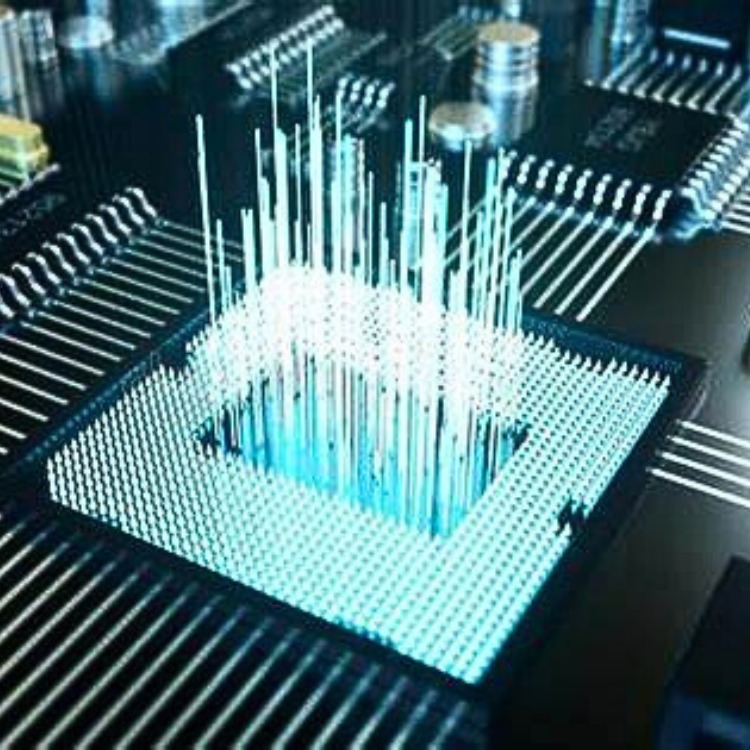 ROC technology and memory on RAID cards
Sep 27, 2023
ROC technology and memory on RAID cards
Sep 27, 2023
This time let's talk about ROC technology and memory on RAID cards.
RAID On Chip (ROC) technology
ROC technology is a kind of cheap RAID technology which is put forward by Adaptec company. It uses the CPU processing chip in the SCSI card and realizes by adding RAID code into the ROM of the SCSI card.
In 2001, Adaptec demonstrated its iROC technology, and in 2003 it was launched as HOStRAID. iROc is RAID on Chip, essentially is to use the RISC processor inside the SCSI control chip to complete some simple RAID types (RAID0, 1, 0+1). Because RAID0, 1 and 0+1 need small amount of computation, they can also be realized by using RISC processor in SCSI controller. With ROM code, RAID0, 1, or 0+1 implemented by iROC has boot capability and can support hot backup.
In entry-level tower servers and 1U rack-mounted servers, SCSI control chips are often integrated on the motherboard, but stand-alone RAID cards are not standard. The starting point of iROC is to provide these systems with basic hardware data protection, and to purchase standalone RAID cards when more complex RAID5 is required. The emergence of iROC adds a simple option to the data protection scheme of low-end server products.
The main disadvantage of iROC or HOStRAID is the poor operating system compatibility and performance, because there is no special RAID computing processor, so using this configuration of RAID will reduce the performance of the server system to a certain extent, and it only supports RAID 0, 1, 0+1, can only support a few SCSI disk RAID. Compared with IDERAID0, 1, and 0+1, the HOStRAID technology has similar features at a much higher cost. In addition, the Hostraid technology is bound to face competition at the lower end from the newer and better performance S-ATARAID.
Memory on a RAID card
The memory on the RAID card has two functions: data cache and code execution memory. RAM is required to execute the code on the CPU of the RAID card. If the code is read directly from ROM, the speed will be greatly affected. Therefore, the RAM of the RAID card has a fixed address segment for storing the code executed by the CPU. Most of this space is used for the data cache described below.
Caching, or buffer memory, is all that is needed to buffer between the two sides of the communication. We know that between CPU and memory is L2Cache, which is higher than memory RAM speed, but not as high as CPU speed. Similarly, a cache is required between the RAID controller and the disk channel controller to fit in, because the RAID controller can process much faster than the channel controller can collect data outgoing from the connected disks on the channel. This cache does not need to use a high-speed circuit like L2Cache, and RAM is sufficient. RAM is fast enough for both.
In addition to accommodating chip communication at different rates, cache RAM also serves to buffer data. For example, if the upper layer makes a 10 request, the RAID controller can queue the request in the cache and execute it one by one, or optimize the IO, merge one by one, and concurrency one by one.
Experience unparalleled performance - industry-leading RAID cards from a team of professionals with over 10 years of experience. Discover the precision of original high performance products and services! A large number of raid cards can be provided, such as: megaraid 9341, lsi 9361 8i raid controller 05-25420-08, RAID 940-32i 4y37a09733, etc. Welcome to consult.
 ROC technology and memory on RAID cards
Sep 27, 2023
ROC technology and memory on RAID cards
Sep 27, 2023